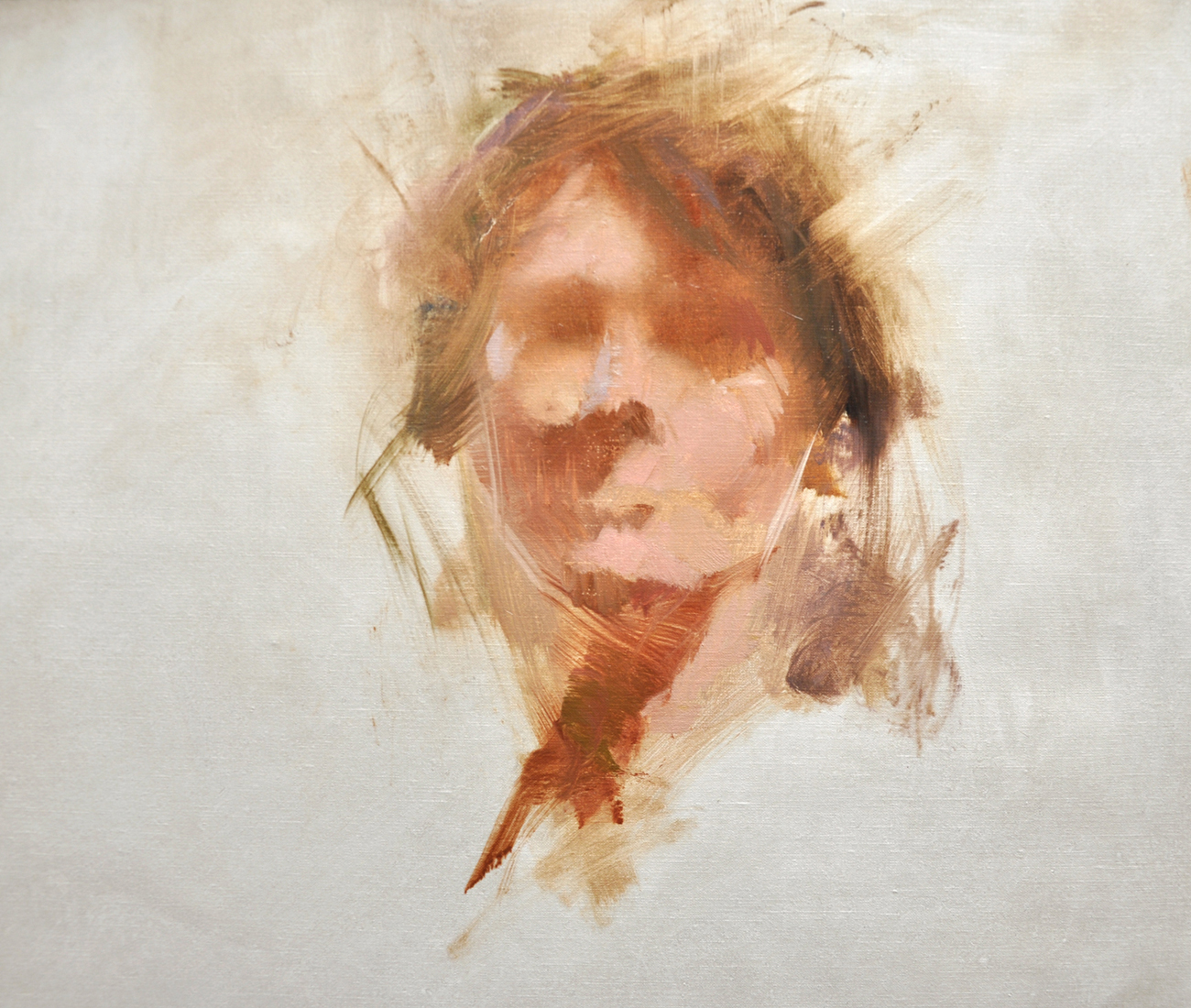The Evolution of Art: A Comprehensive Overview to Figurative Oil Painting
The Evolution of Art: A Comprehensive Overview to Figurative Oil Painting
Blog Article
The Function of Emotion and Expression in Figurative Oil Painting: A Thorough Evaluation of Topic and Structure
The interplay of feeling and expression in figurative oil painting offers as an essential lens through which one can check out the detailed connection between subject matter and composition. Artists harness different techniques, from shade option to brushstroke characteristics, to grow emotional vibration within their jobs.
Understanding Feeling in Art
Feeling in art offers as a powerful conduit for expression, permitting artists to share complicated feelings via their work. In figurative oil paint, this psychological deepness is typically portrayed with the representation of the human number, catching the subtleties of human experience. The selection of subject, shade palette, and brushwork all contribute to the psychological vibration of a piece.
Artists frequently attract upon individual experiences, social concerns, or universal styles to evoke feelings in the viewer. As an example, a picture might show vulnerability, while a vibrant figure in activity can represent flexibility or turmoil. These emotional strings link the viewer to the art work, promoting a discussion that transcends the visual medium.
Additionally, the interaction between light and darkness can amplify psychological intensity, directing the visitor's stare and attracting focus to particular elements within the structure. Using appearance in oil painting further includes layers of complexity, welcoming a responsive action that enhances the psychological experience. Overall, understanding feeling in art is important for appreciating the nuances that define metaphorical oil paint, as it changes simple representation into an extensive expedition of the human condition.
Crucial Element of Make-up
In the world of metaphorical oil paint, the structure works as the underlying framework that arranges visual elements and boosts the psychological narrative. Essential components of make-up consist of balance, comparison, centerpiece, and rhythm, each adding to the total effect of the artwork.
Balance describes the distribution of visual weight within the paint, which can be achieved via in proportion or asymmetrical arrangements. A healthy composition offers stability, permitting the customer to engage with the item sympathetically - figurative oil painting. Contrast, on the other hand, involves comparing different components, such as dark and light or warm and amazing colors, to direct the viewer's eye and stimulate emotional feedbacks
The prime focus is important, as it routes interest to one of the most substantial component of the paint, typically highlighting the psychological core of the narrative. Via methods like color saturation or positioning, artists can highlight this location efficiently. Rhythm pertains to the repetition of aspects, producing a sense of movement and flow throughout the structure. By masterfully incorporating these vital components, musicians can craft psychologically resonant and compelling metaphorical oil paintings that mesmerize and engage their target market.
Topic and Its Influence
Subject plays a crucial duty in metaphorical oil painting, as it not only serves as the foundation for the narrative however additionally forms the visitor's analysis and psychological involvement with the art work. The choice of subject matter-- be it a singular number, a group dynamic, or a thematic depiction-- straight affects the emotional environment communicated to the audience.

For example, pictures frequently evoke personal links, revealing the details of human expression and personality, while scenes showing public activities can create a feeling figurative oil painting of belonging or nostalgia. The social and historical context of the subject matter enhances the viewer's understanding, triggering much deeper reflections on social standards, values, and the human problem.
Various topics additionally generate varying degrees of involvement; a remarkable problem depicted with figures in stress may generate sensations of anxiety or empathy, while serene landscapes can invoke peace and contemplation. Eventually, the effect of subject in figurative oil paint is extensive, as it works as a channel for psychological vibration, guiding the visitor's response and interpretation, and promoting a link in between the art work and the observer. This interaction is crucial for the effective interaction of the musician's intent.
Techniques for Evoking Feelings
The effectiveness of figurative oil paint in sharing feelings is significantly influenced by the methods employed by the artist. One of the most important methods is the use of shade concept, where the strategic choice of tones can stimulate specific emotional feedbacks. Warm colors, such as reds and oranges, typically generate feelings of enthusiasm or hostility, while cooler tones like blues and eco-friendlies have a tendency to evoke calmness or sadness.
Another essential technique is the control of light and shadow, known as chiaroscuro. This approach boosts the three-dimensionality of numbers, creating significant contrasts that can escalate psychological depth. The positioning of light can guide visitors' feelings, highlighting particular elements of the make-up.
Brushwork also plays an important role; loose, meaningful strokes can communicate energy and spontaneity, whereas smoother strategies could recommend harmony or precision. Additionally, the arrangement of topics within the structure can affect psychological effect. Close proximity can recommend intimacy, while range may indicate seclusion.
Eventually, the combination of these methods allows artists to craft stories that reverberate with the visitor, transforming a plain visual experience into an evocative emotional trip. - figurative oil painting

Study of Significant Functions
Analyzing significant works of figurative oil paint discloses how different strategies are employed to evoke effective feelings. One exemplary instance is Edvard Munch's "The Scream," where the distorted figure and swirling background communicate existential fear. Munch's use of color-- dazzling oranges and deep blues-- escalates the psychological impact, showcasing how palette options can shape customer experience.
An additional significant job is Pablo Picasso's "Les Demoiselles d'Avignon." Below, strong brushstrokes and fragmented types show a troubled emotional landscape, challenging conventional representations of the women figure. Picasso's innovative structure not just records the audience's interest yet additionally welcomes reflection on motifs of identification and sexuality.
Furthermore, Frida Kahlo's "Both Fridas" provides a touching exploration of duality and self-identity. The contrasting numbers, connected by a shared heart, exemplify why not check here Kahlo's emotional depth and individual story. figurative oil painting. Her careful focus to information and symbolic aspects serve to involve customers on a visceral degree
These study underscore the extensive link in between emotion and composition in metaphorical oil painting, revealing how musicians harness method to communicate intricate feelings and stories that reverberate throughout time and culture.

Final Thought
To conclude, the interaction of feeling and expression in figurative oil paint substantially enhances the audience's experience and analysis of the artwork. With a cautious selection of subject issue and compositional strategies, artists communicate profound narratives that reverberate on both global and personal degrees. The application of shade chiaroscuro, theory, and brushwork more intensifies emotional depth, transforming each canvas into a powerful representation of the intricacies of the human experience.
In figurative oil paint, this advice psychological deepness is usually portrayed with the representation of the human number, catching the subtleties of human experience.Furthermore, the interaction in between light and darkness can amplify psychological strength, leading the viewer's look and attracting attention to certain components within the composition. The use of texture in oil painting even more adds layers of intricacy, welcoming a tactile reaction that boosts the emotional experience.The focal point is vital, as it routes focus to the most substantial part of the paint, often highlighting the emotional core of the narrative. Ultimately, the effect of subject issue in metaphorical oil paint is profound, as it serves as a conduit for emotional resonance, guiding the viewer's response and interpretation, and promoting a link in between the onlooker and the artwork.
Report this page